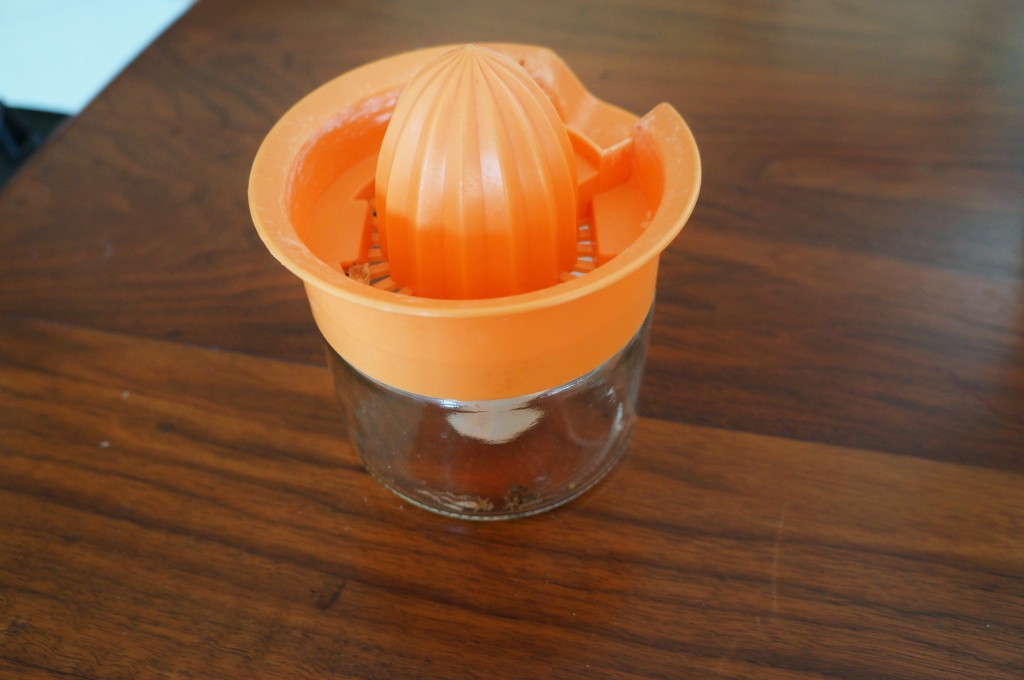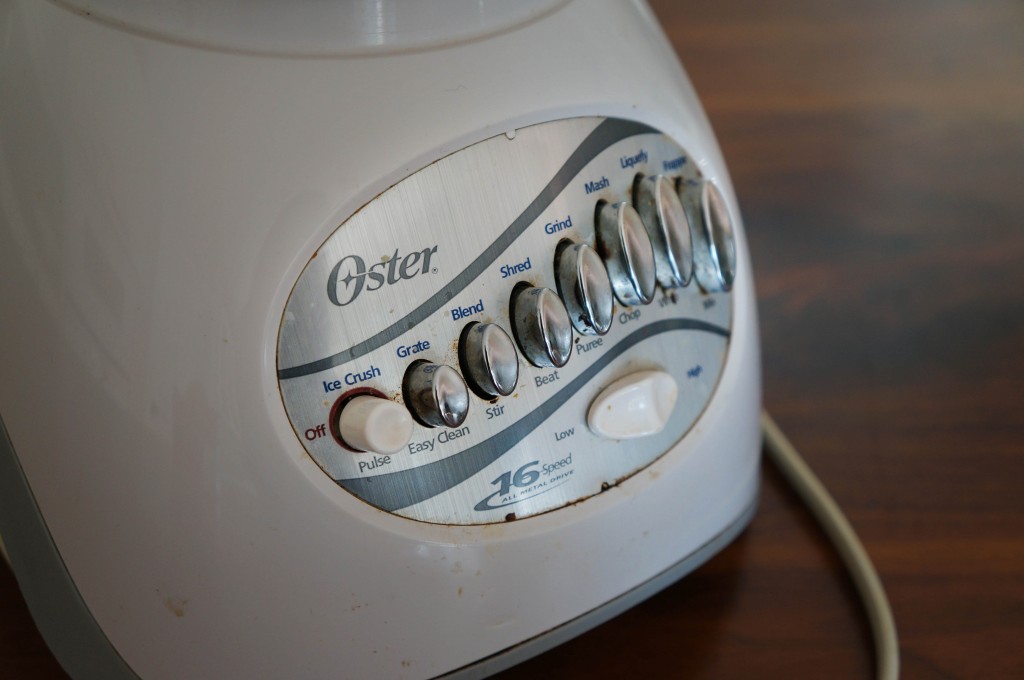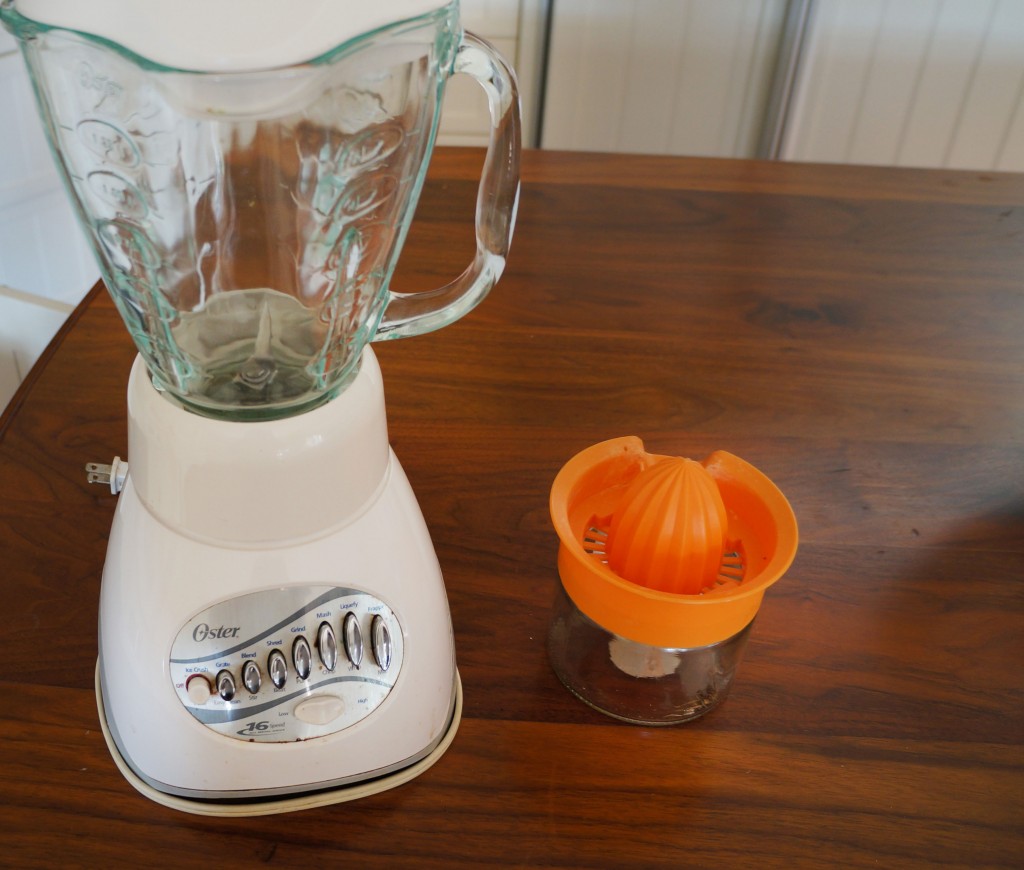While we at Spoon are pretty sure that the choice between juicing and blending has not created a moral dilemma that keeps you up at night, we do know that many are unsure of the benefits and disadvantages of the respective produce processing methods. With a renowned fervor in three day cleanses, juicing has become a way of life for many; however, the extremely high prices of made-to-order juices and home juicing equipment have left many to wonder if a blender could handle the same job just fine.
Here is a little breakdown:
Juicing

Photo by Meghan Babla
Juicing is the process that extracts the water and nutrients of fruits and vegetables, leaving the indigestible fiber behind. Without all of the bulky digestive fiber, the body doesn’t have to work as hard to reach the nutrients. Since all of the vitamins and minerals are more easily accessible, the body is able to absorb the body-loving vegetables faster and in larger quantities.
While the removal of the fiber is helpful if you have a sensitive digestive system or an illness that prevents you from processing fiber correctly, juicing, since it allows for the fast and easy digestion of produce into the blood stream, can lead to unpleasant spikes and subsequent drops in blood sugar.
Blending

Photo by Meghan Babla
Blending, on the other hand, leaves the produce intact and allows the drinker to digest all of the fruit and vegetable fiber that juicing doesn’t. Since blending breaks down the fiber but lets it remain for the drinker, the nutrients and sugars from the fruits and veggies are more evenly released in the blood stream, preventing sugar shock.
Though the intact fiber will leave you feeling fuller longer (fiber is water-soluble and expands in the stomach), juice, without the bulky pulp, allows you to pack more fruit and veggie in a single serving.
A couple of tips:

Photo by Meghan Babla
1. Whether you juice or blend, do not let your drink sit for more than fifteen minutes, as nutrients’ potency rapidly decreases when mixed with oxygen.
2. It’s always best to invest in good equipment. Cheaper juicers and blenders are harsh on your veggies and heat up the blades and processers, which breaks down all of the good digestive enzymes that allow the body to digest the vitamins and minerals.
Now that you’re aware of the differences between juicing and blending, Spoon hopes you can sleep well at night, knowing that either is healthy in its own right.

